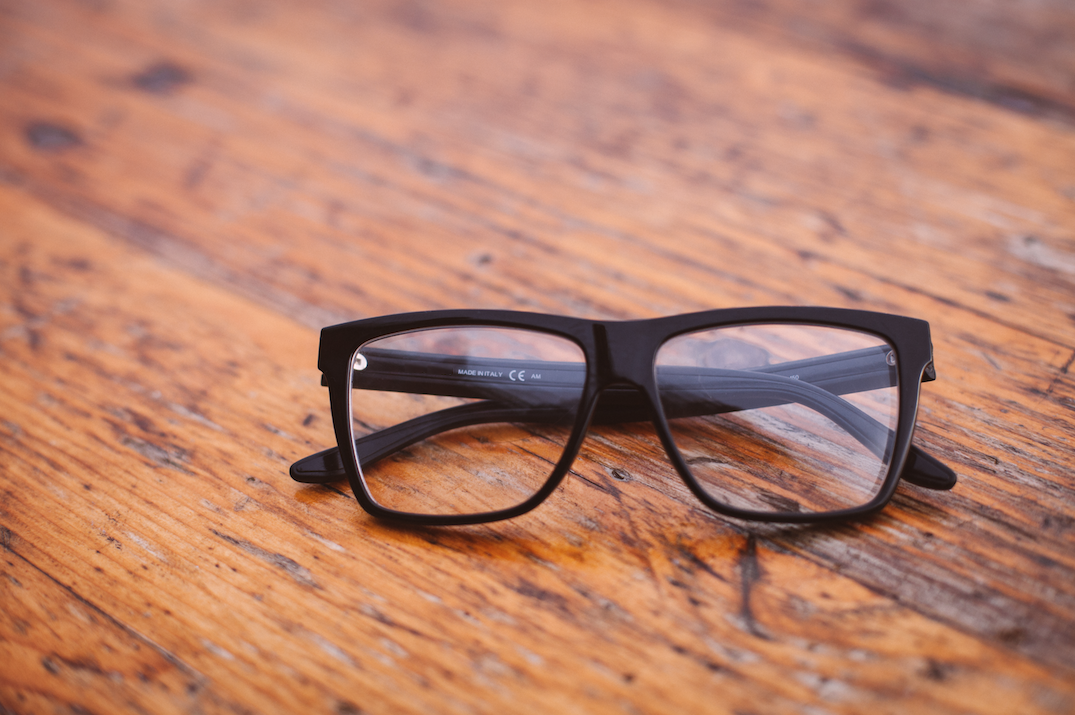Vision Changes
Lupus can affect the eyes in several ways. One way lupus can affect the eyes involves blood vessel changes in the tissue at the back of the eye called the retina. These changes may occur when the retinal tissue does not receive enough blood supply, resulting in blurry vision, and in rare cases, pain or redness. Lupus may also affect the nerves of the eyes. This may affect eyesight or the ability of the eye to move resulting in double vision, difficult eye movement, slow pupil reflexes, and droopy eyelids.
Some medications are also known to cause vision changes:
- Steroids (such as prednisone or methylprednisolone) may cause blurry vision. This side effect may be most noticeable at high doses and improve with lower doses.
- Hydroxychloroquine (Plaquenil) can cause retinal injury which may affect vision. The risk of injury increases when used at high doses for very long periods of time. Early signs of damage due to Plaquenil include:
- Seeing shimmering circular lights (called "photopsias")
- Blurry vision
- Trouble seeing in the dark
- Loss of color vision, or if colors look more washed out than usual
Seeing a Doctor for Vision Changes
If you are having vision impairments that are affecting your ability to complete daily tasks, see a doctor.
If you take Plaquenil, it is recommended that you receive an annual vision screening from an eye doctor (ophthalmologist) to prevent retinal damage. The vision screening should include a visual field 10-2 test and one of the following highly sensitive advanced screening tests: the FAF (fundus autofluorescence imaging), the SD-OCT (spectral domain optical coherence), or the mfERG (multifocal electroretinogram).


